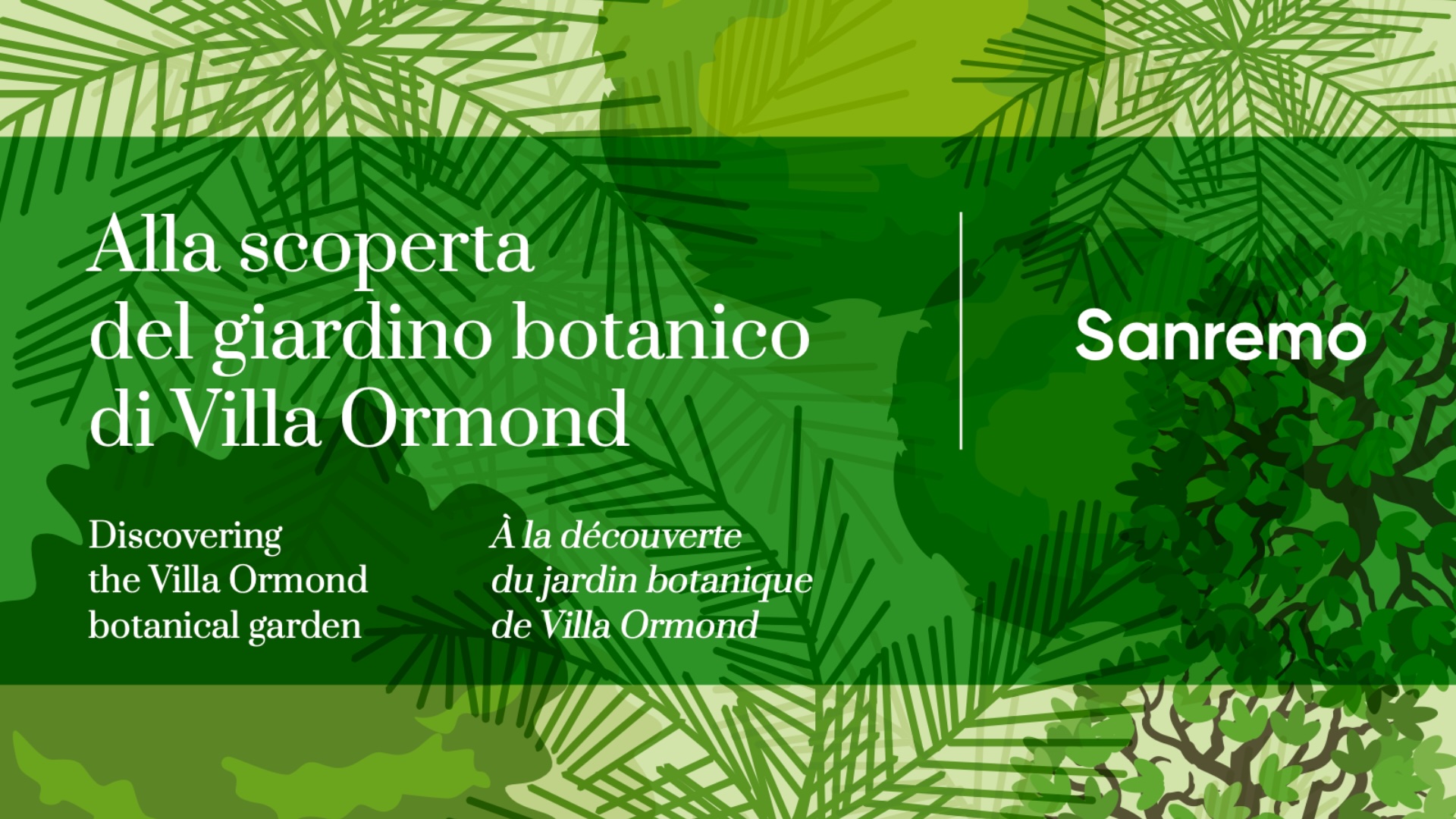The Cycadaceae represent one of the oldest plant groups of the Gymnosperms, and fossil evidence suggests their appearance at the end of the Palaeozoic. The greatest affirmation of these plants is however recorded in the Jurassic and Cretaceous periods, when they assume a dominant role among the vegetation, together with other Gymnosperms. We can consider these plants as the link between ferns and today’s flowering plants.The family comprises the single genus Cycas with many species spread across Africa, Asia and Oceania. They are evergreen plants with an almost arboreal, sparsely branched habit, similar in appearance to palms. The leaves are alternate, pinnate, arranged in spirals at the top of the trunks. The Cycadaceae are dioecious plants, with male sexual apparatuses called microsporophylls, and female sexual apparatuses called macrosporophylls, united in conspicuous strobili and borne by different plants. The male cones are elongated, the female cones oval or globular, both forms appearing at the top of the stem. In the female specimens the ovules are red, the size of a walnut and develop along the margins of leaves modified into carpels. However, few species are cultivated in Mediterranean areas for their beautiful foliage and elegant habit, the most widespread being Cycas revoluta
| Cycas revoluta Thunb. | |
| Etymology | The genus takes its name from a Greek word ‘kykas‘ = palm, due to its resemblance to palm trees, while the specific epithet revoluta refers to the initially coiled habit of the leaves, similar to ferns, which then spread out as they develop. |
| Common name | Cycas, Palma sago |
| Origin | Country of origin is Japan. It was first introduced to Europe in 1793 at the Botanical Garden in Palermo. |
| Description | An evergreen plant with habitus reminiscent of palms. In Mediterranean gardens it can grow up to 3-5 metres in height and has a rough trunk, often branched at the bottom. The leaves are pinnate, deep green in colour and form a rich crown at the apex of the stems and branches. The leaf rachis can be up to 1.5 metres long and bears linear, shiny, pinnate-tipped pinnules; the appearance of the young leaves is spectacular and usually occurs in late spring. The central shoot, which remains stationary throughout the year, suddenly produces a group of soft, velvety young leaves that develop rapidly, reaching their final size in a few days. Their appearance resembles that of ferns and in a short time the leaves stretch out completely, becoming from soft stiff and prickly. Periodically the emission of leaves gives way to the production of the male or female sexual apparatuses, but always on different plants. The male cone rises at the apex of the leaf crown, is 40-60 centimetres long and consists of modified elements called microsporophylls that carry pollen. The female cone is dome-shaped, always at the apex of the trunk and consists of modified leaves (macrosporophylls) that are downy and carry 4-6 ovules each, each of an intense red colour. A peculiarity of the Cycadaceae is the presence of ‘coralloid’ roots, which develop in the surface layers of the soil, around the plants. These particular roots produce knots that host symbiotic cyanobacteria, which fix atmospheric nitrogen and release it to the host plants. Cycas are also called ‘sago palm’ because their trunks are rich in starch, which, in some eastern regions, is obtained for human consumption. Note that the seeds, if ingested, are harmful as they contain a toxin that is particularly poisonous to humans and animals. |

